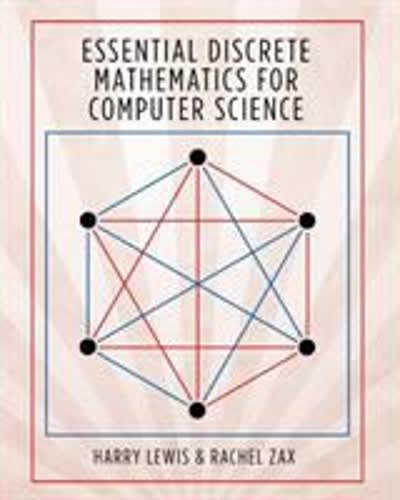









DO quickly..
...
Say as much as you can about the P-value for an upper-tailed chi-squared test in each of the following situations: a. x = 7.5, df = 2 b. y = 13.0, df = 6 C. X- = 18.0, df = 9 d. x= = 21.3, df = 5 e. Y' = 5.0. k = 4\fThe article "Psychiatric and Alcoholic Admissions Do Not Occur Disproportionately Close to Patients' Birthdays" (Psychological Reports. 1092: 944-946) focuses on the existence of any relationship between the date of patient admission for treatment of alcoholism and the patient's birthday. Assuming a 365-day year (i.e., excluding leap year), in the absence of any relation, a patient's admission date is equally likely to be any one of the 365 possible days. The investigators established four different admission categories: (1) within 7 days of birthday: (2) between 8 and 30 days, inclusive, from the birthday: (3) between 31 and 90 days, inclusive, from the birthday; and (4) more than 90 days from the birthday. A sample of 200 patients gave observed frequencies of 11, 24, 60. and 06 for categories 1, 2. 3, and 4, respectively. State and test the relevant hypotheses using a significance level of .01.a. Show that another expression for the chi-squared statistic is N 2 Y = np jo Why is it more efficient to compute + using this formula? b. When the null hypothesis is (Hop, = P, = . . . = P: = 1/k (i.e., Pa = 1/k for all /), how does the formula of part (a) simplify? Use the simplified expression to cal- culate 12 for the pigeon/direction data in Exercise 4. Why is it more efficient to compute y" using this formula? b. When the null hypothesis is (Ho: p, = P2 =.... PA - 1/k (i.e., po 1/k for all ?). (i.e., for all i). how does the formula of part (3) simplify? Use the simplified expression to calculate y"for the pigeon/direction data in Exercise 4. Reference exercise 4 It is hypothesized that when homing pigeons are disoriented in a certain manner, they will exhibit no preference for any direction of flight after takeoff (so that the direction X should be uniformly distributed on the interval from 0' to 380*). To test this. 120 pigeons are disoriented, let loose, and the direction of flight of each is recorded; the resulting data follows. Use the chi-squared test at level .10 to see whether the data supports the hypothesis. Direction 0-'s; = 402, and r, = 1074. 25 = 402, and Er, = 1074. Calculate control limits for any relevant control charts.



























